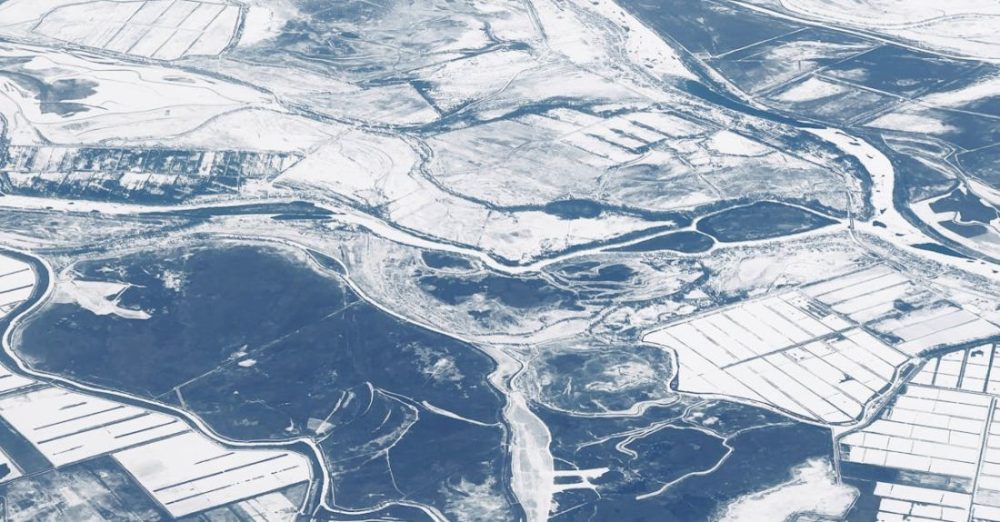
Winter Composting: Making the Most of Your Garden in the Cold Season
As the winter season approaches, many gardeners tend to put their composting activities on hold, assuming that the cold weather will hinder the decomposition process. However, with the right approach and a few adjustments, winter composting can be just as successful as composting during the warmer months. In fact, winter composting offers a unique opportunity to continue enriching your soil and reducing waste even when the temperatures drop. Here are some of the best tips to help you make the most of winter composting.
Choosing the Right Compost Bin
When it comes to winter composting, choosing the right compost bin is crucial. Opt for a bin that is sturdy and well-insulated to help retain heat, which is essential for the decomposition process to continue efficiently in colder temperatures. Look for bins with lids that can keep out excess moisture from snow and rain, as well as pests that may be seeking shelter during the winter months.
Balancing Green and Brown Materials
Maintaining the right balance of green and brown materials is key to successful winter composting. Green materials, such as fruit and vegetable scraps, coffee grounds, and grass clippings, provide nitrogen, while brown materials, such as dried leaves, straw, and shredded paper, provide carbon. Aim for a ratio of roughly 2 parts brown materials to 1 part green materials to ensure proper decomposition and avoid any unpleasant odors that may arise from an imbalance.
Protecting Your Compost Pile from Freezing
In colder climates, it’s essential to protect your compost pile from freezing temperatures. One way to do this is by regularly turning the pile to introduce oxygen, which can help generate heat and prevent freezing. You can also insulate your compost pile with materials such as straw, hay, or cardboard to help retain heat and keep the decomposition process active even in the coldest of weather.
Covering Your Compost Bin
Covering your compost bin with a tarp or heavy-duty plastic sheeting can help trap heat and prevent excess moisture from seeping in. Make sure to secure the cover tightly to prevent it from blowing away in strong winds. Additionally, covering your compost bin can help protect it from snow buildup, which can slow down the decomposition process by creating a barrier between the materials and the cold air.
Adding Insulating Layers
In regions where winter temperatures can drop significantly, adding insulating layers to your compost pile can make a big difference. Materials such as straw, shredded newspaper, or cardboard can help trap heat and create a warmer environment for the microorganisms responsible for breaking down the organic matter. Layering these materials on top of your compost pile can also help regulate moisture levels and prevent excess water from accumulating.
Monitoring Moisture Levels
During the winter months, it’s important to monitor the moisture levels of your compost pile regularly. While it’s essential to keep the pile moist to support decomposition, excess moisture can lead to anaerobic conditions and unpleasant odors. If your compost pile becomes too wet, add more brown materials such as dried leaves or shredded paper to help absorb the excess moisture and restore balance.
Harvesting Your Compost
Even in the winter, composting continues, albeit at a slower pace. As spring approaches, you may notice that your compost pile has reduced in volume and transformed into dark, crumbly compost ready to be added to your garden beds. Harvest your compost carefully, sifting out any larger pieces that have not fully decomposed, and incorporate the finished compost into your soil to enrich it with valuable nutrients for the upcoming growing season.
Embracing the Winter Composting Challenge
Winter composting may present its own set of challenges, but with the right strategies and a bit of dedication, you can continue composting year-round and reap the benefits of nutrient-rich soil for your garden. By choosing the right compost bin, balancing green and brown materials, protecting your compost pile from freezing, covering it with insulating layers, monitoring moisture levels, and harvesting your compost when ready, you can successfully navigate winter composting and set the stage for a productive gardening season ahead. So, embrace the winter composting challenge and watch your garden thrive even in the coldest of months.





